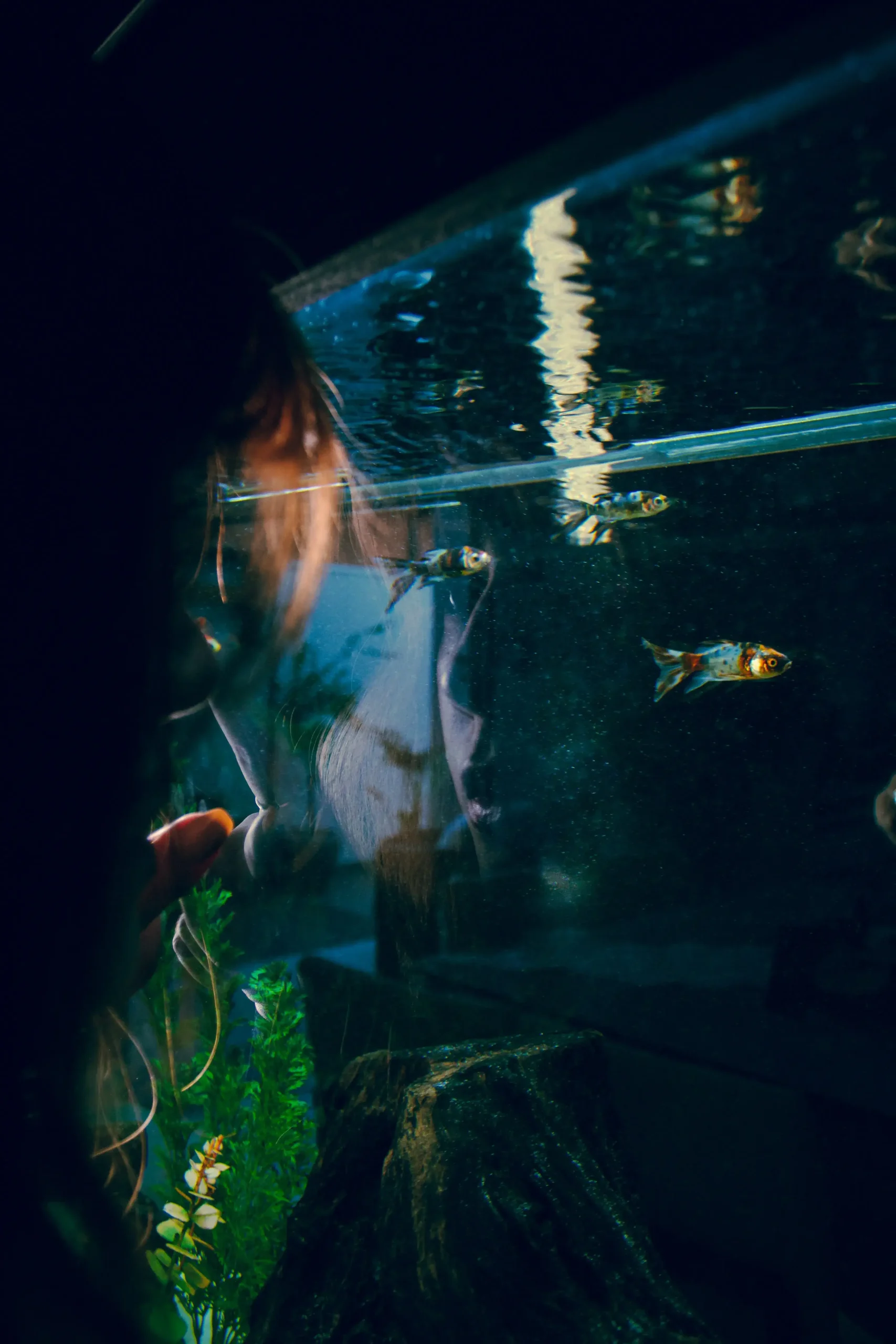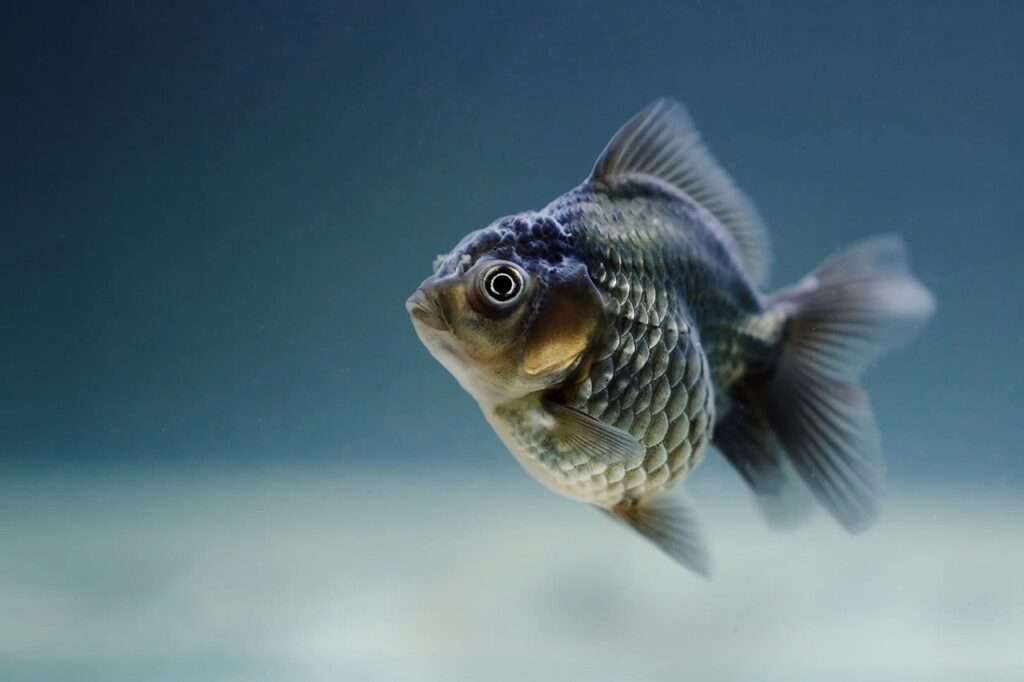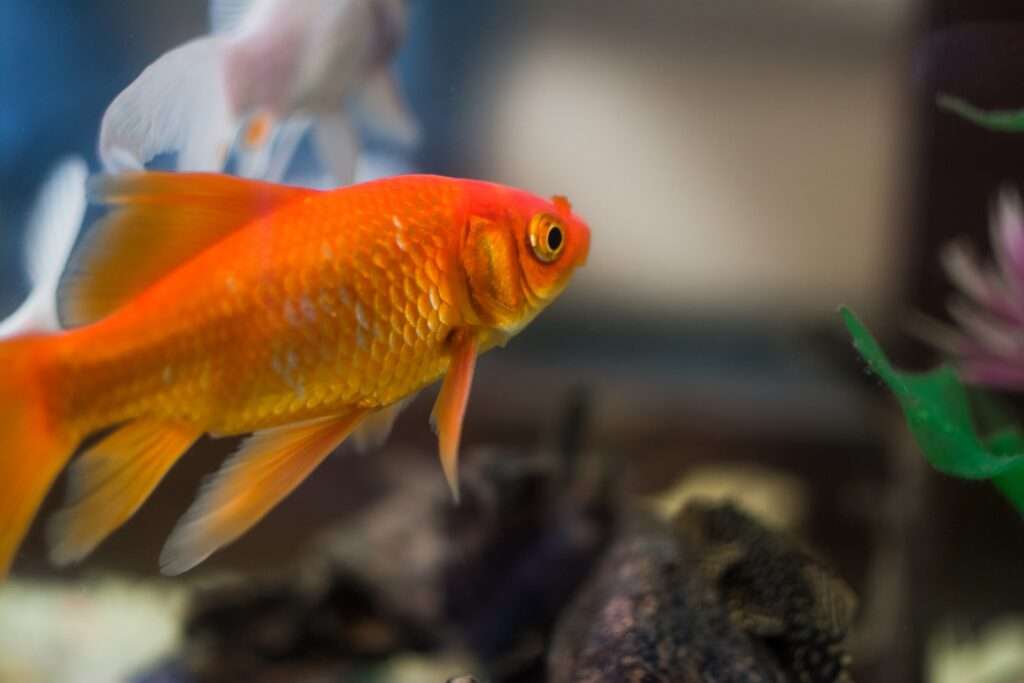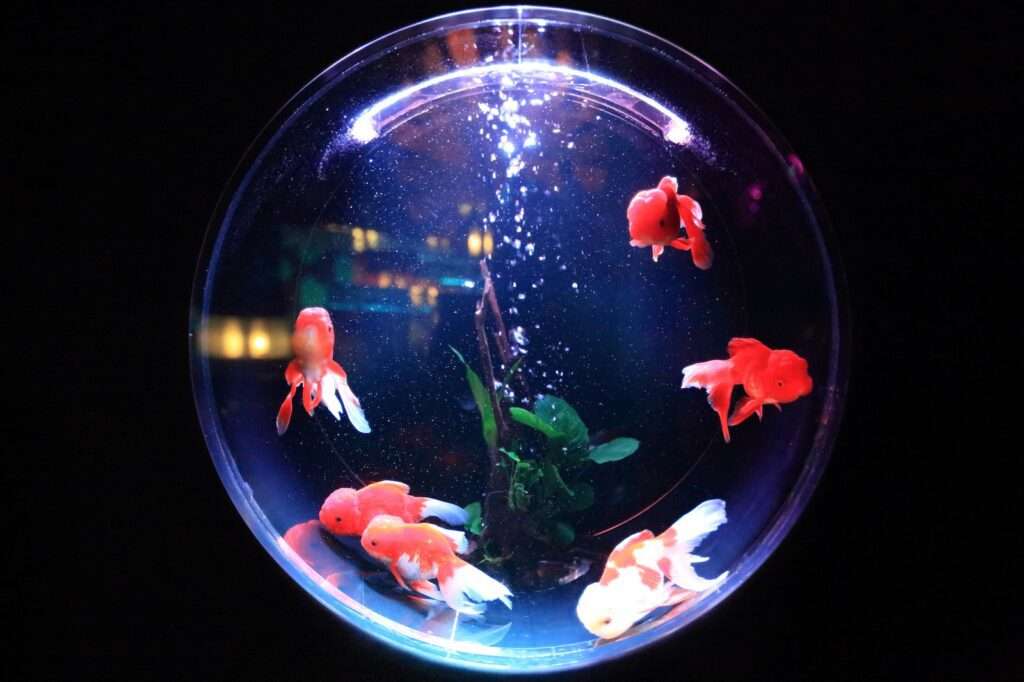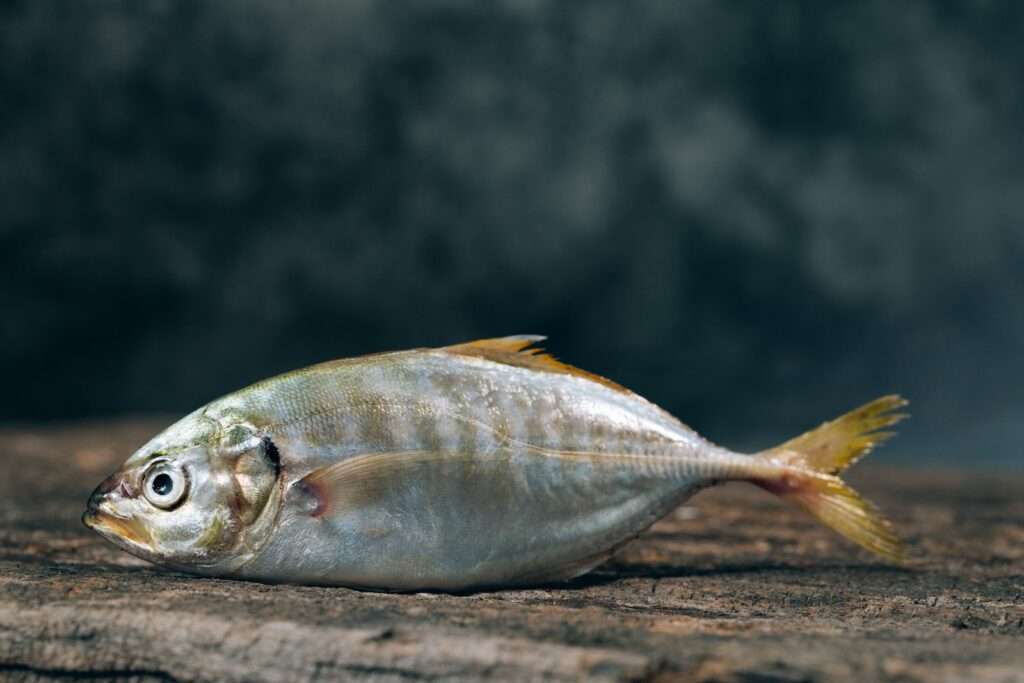Fish diseases can be a nightmare for aquarium owners. Not only do they cause stress and health issues for the fish, but they can also disrupt the entire ecosystem of the tank. However, with the right knowledge and understanding of disease-resistant fish and their body language, you can prevent and detect illnesses early on. In this article, we will explore the importance of disease-resistant fish and provide tips on how to interpret their body language signals.
Disease-resistant fish are those that have a natural ability to resist common fish diseases. These fish have built-in defenses that help them fight off pathogens and maintain good health. By choosing disease-resistant fish for your aquarium, you can significantly reduce the risk of disease outbreaks and ensure the overall well-being of your aquatic companions.
There are several benefits to keeping disease-resistant fish. Firstly, they require less maintenance and care compared to more susceptible species. This means less time and effort spent on treating diseases and more time enjoying your aquarium. Additionally, disease-resistant fish are more likely to survive in suboptimal conditions, such as fluctuations in water parameters or poor water quality.
Some popular disease-resistant fish varieties include guppies, mollies, swordtails, and certain species of tetras. These fish have been selectively bred over generations to develop strong immune systems and resistance to common fish diseases.
To properly understand the body language of fish, it is essential to observe their coloration and fins. Bright and vibrant colors are signs of a healthy fish, while dull or faded colors may indicate stress or illness. Similarly, torn or ragged fins can be a sign of physical injury or fin rot, a common disease among fish.
Breathing and gill behavior are also important indicators of a fish’s health. Normal breathing patterns involve regular and steady movements of the gills. Rapid or labored breathing, on the other hand, can be a sign of respiratory distress or poor water quality. Additionally, visible gill flaring or discoloration may indicate gill disease or infection.
Swimming behavior is another crucial aspect to consider. Active and energetic swimming is a positive sign, indicating a healthy fish. Conversely, if a fish appears lethargic or listless, it may be a sign of an underlying health issue. Erratic or uncoordinated movements can also be indicative of swim bladder disorder, a condition that affects a fish’s ability to control its buoyancy.
It is important to be aware of common fish diseases and their symptoms. Some of the most prevalent diseases include Ich (White Spot Disease), Fin Rot, Swim Bladder Disorder, Dropsy, and Velvet Disease. Each disease has its own set of symptoms, ranging from visible white spots on the body to bloating and swelling.
Preventing and treating fish diseases requires a proactive approach. Quarantining new fish before introducing them to the main tank can help prevent the spread of diseases. It is also crucial to maintain good water quality by regularly testing and monitoring water parameters. Providing proper nutrition and a balanced diet is essential for boosting a fish’s immune system. Regularly observing and monitoring your fish for any changes in behavior or appearance can help detect diseases early on. Finally, if you notice any signs of illness, it is advisable to consult with a veterinarian or fish expert for proper diagnosis and treatment.
In conclusion, understanding disease-resistant fish and their body language is key to maintaining a healthy and disease-free aquarium. By closely observing your fish’s coloration, fins, breathing, gills, and swimming behavior, you can detect early signs of illness and take appropriate action. Remember to provide a suitable environment, proper nutrition, and regular monitoring to prevent diseases from spreading. If in doubt, always consult a veterinarian or knowledgeable fish expert to ensure your fish’s well-being. With the right knowledge and care, you can create a thriving and disease-resistant aquatic community.


